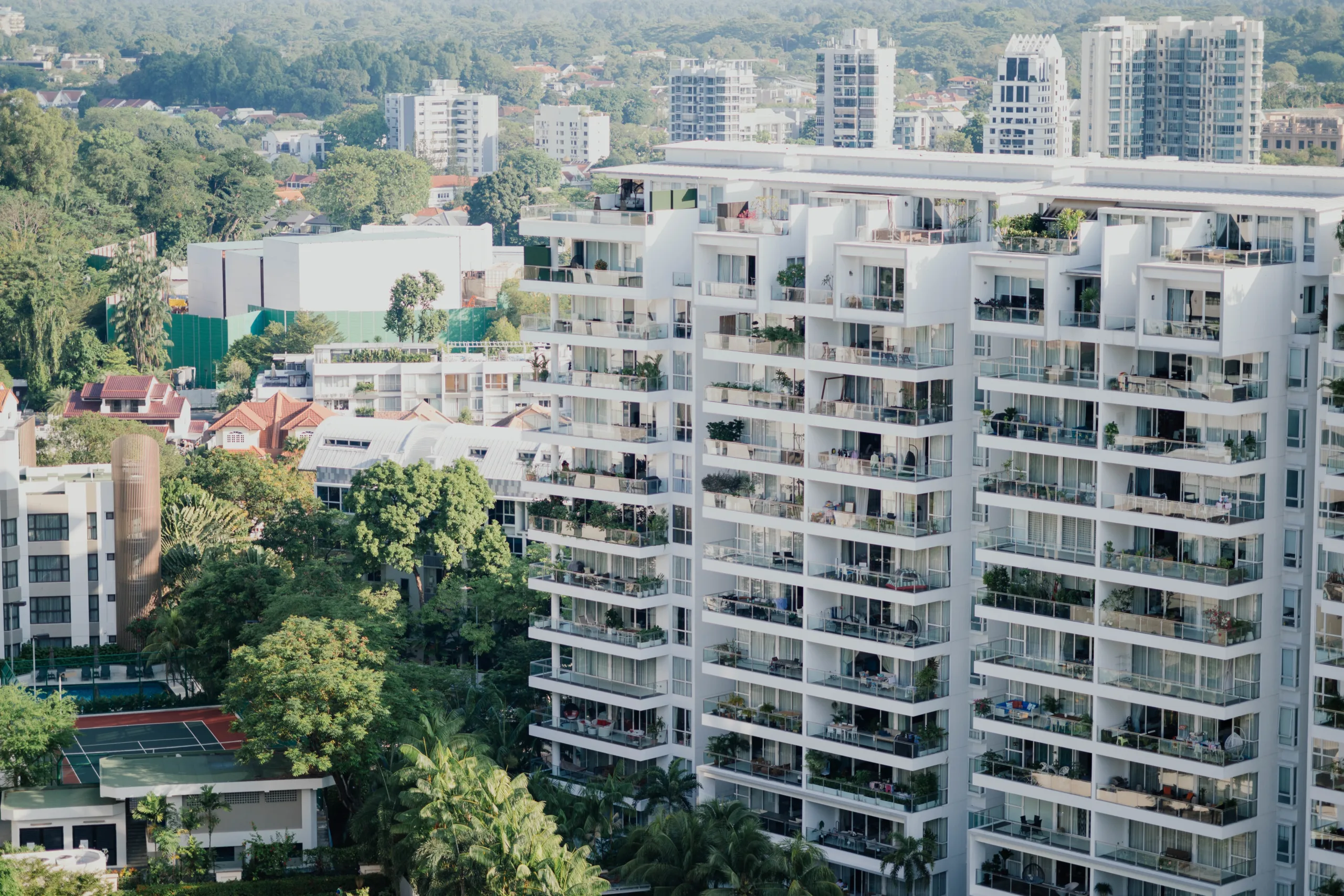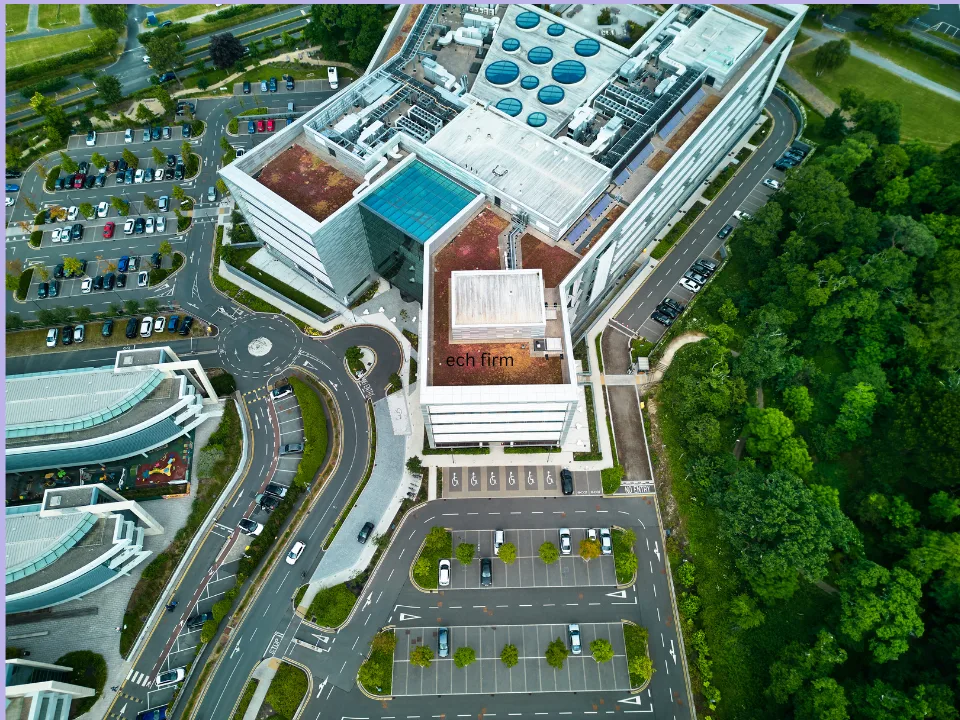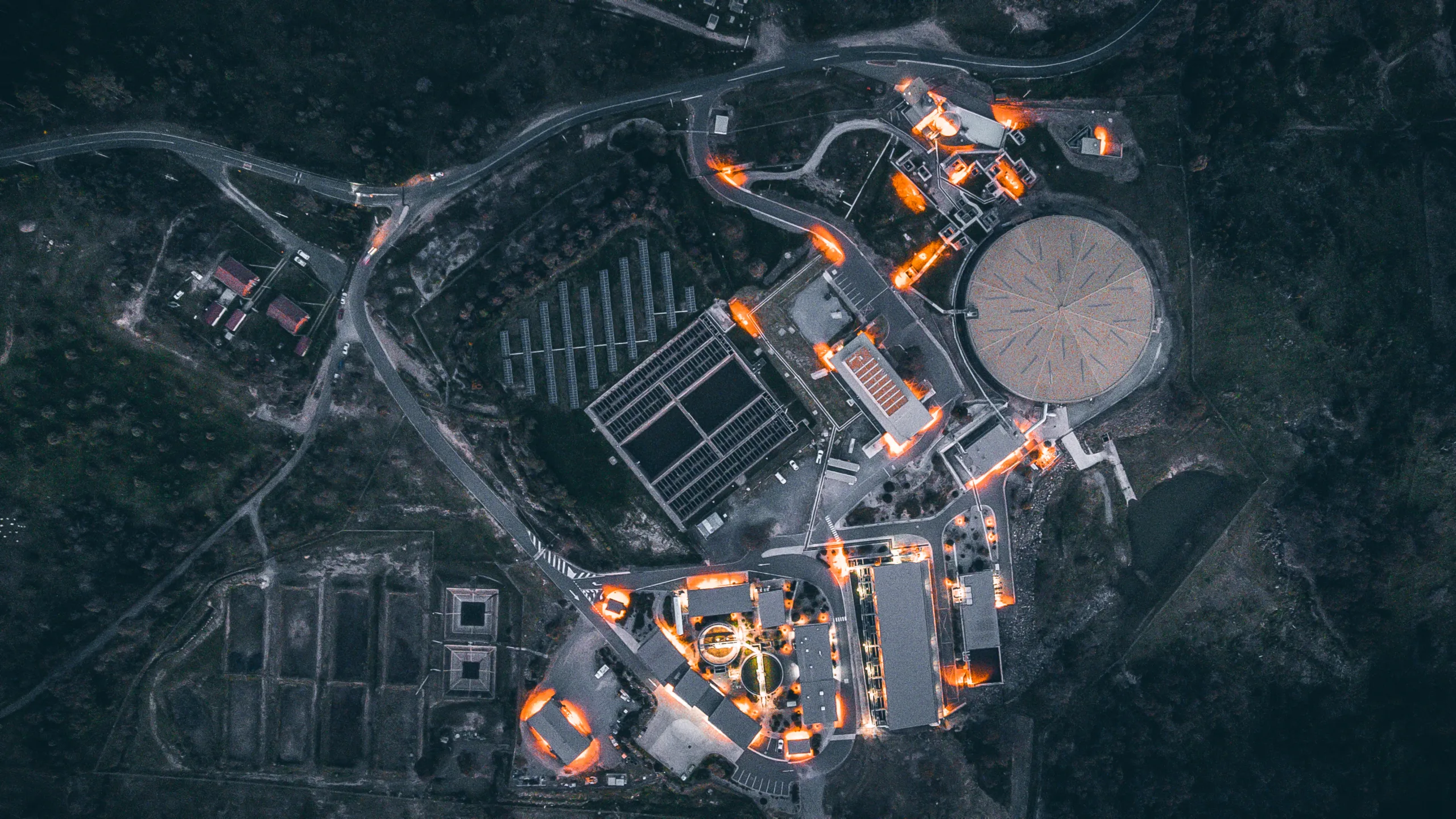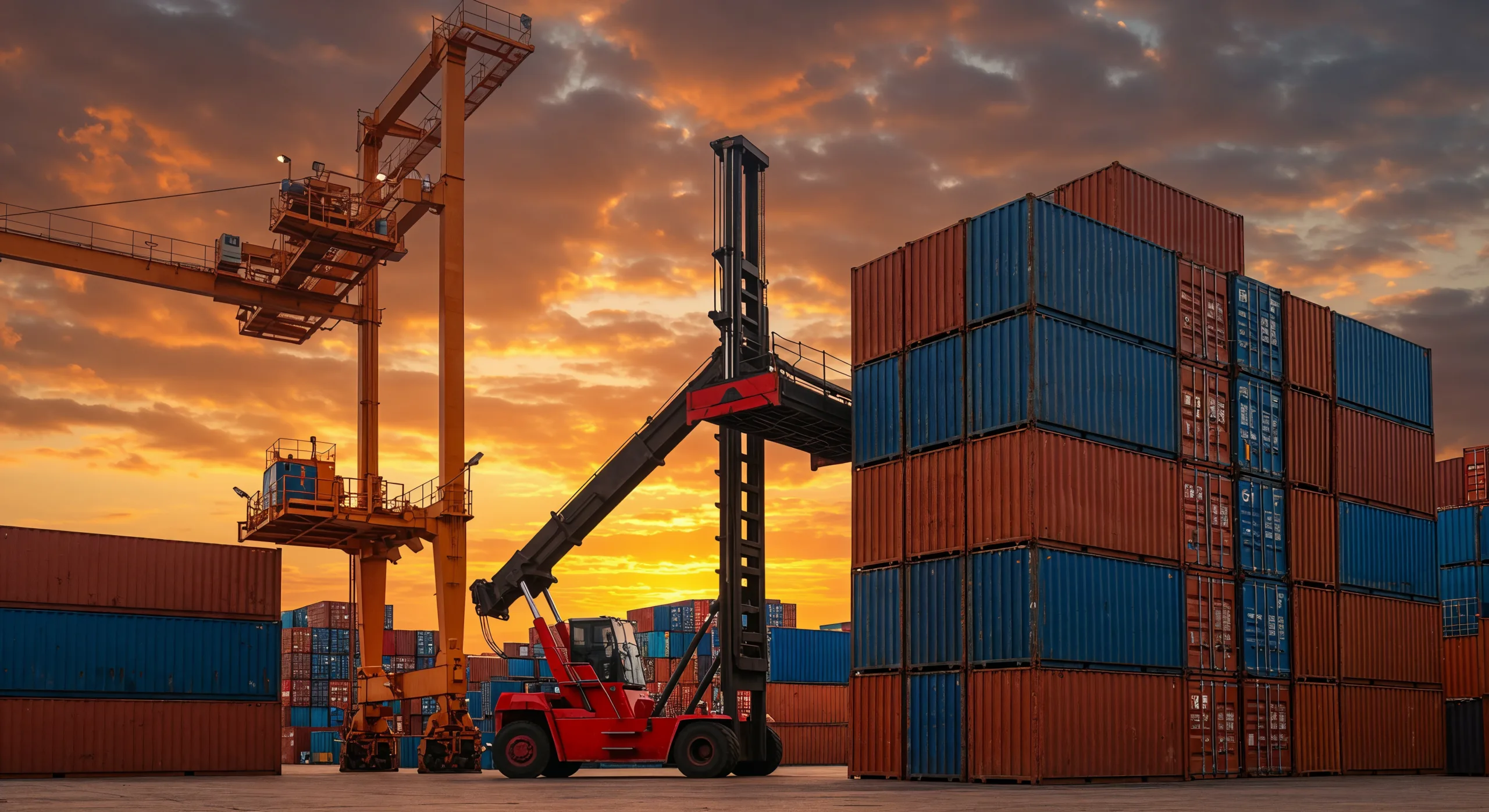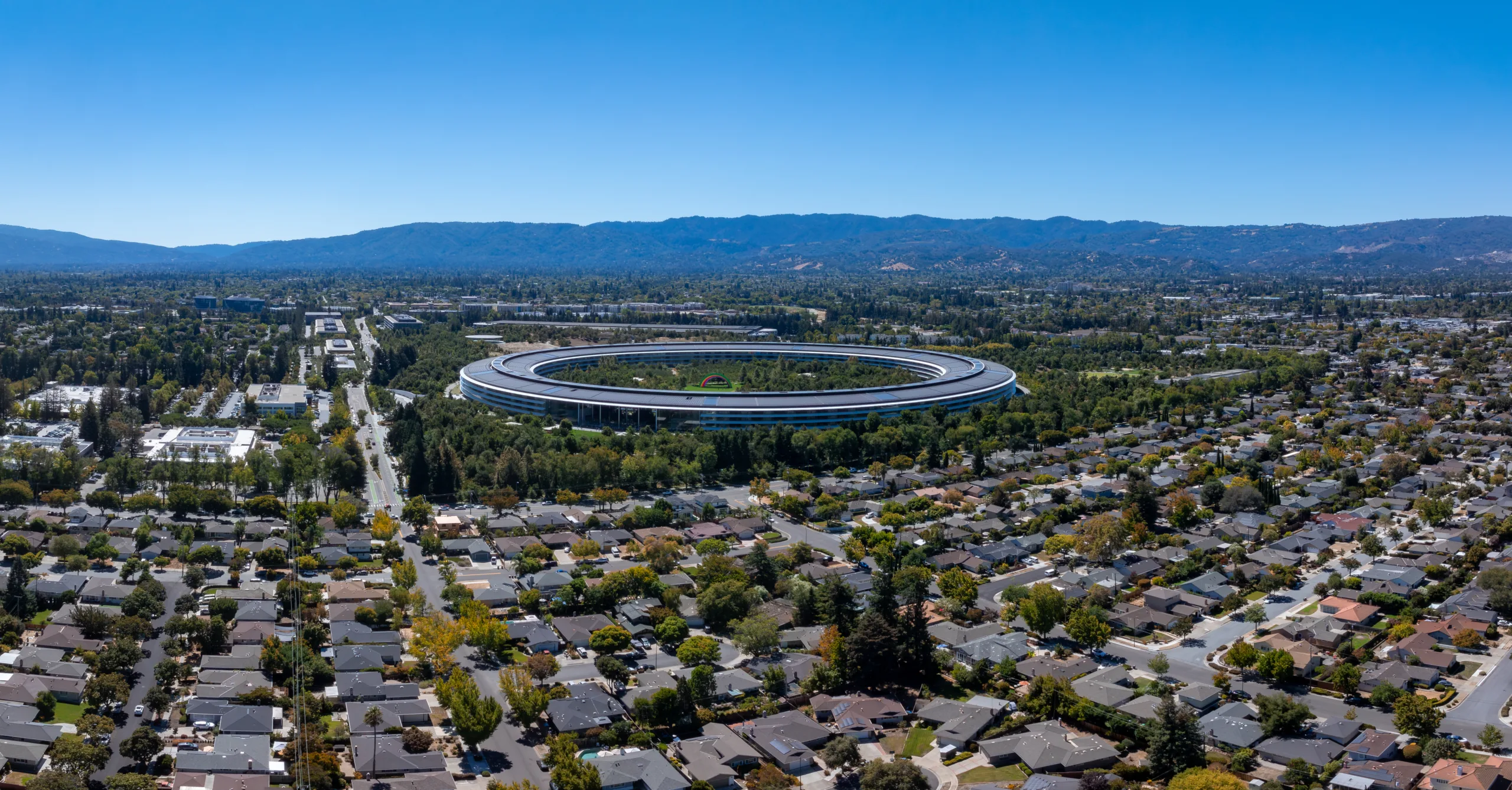- Generative AI is driving a data center boom, with over 51M SF breaking ground since 2023, but major tech firms are now signaling a temporary pause in expansion.
- Industrial rents rose nationally by 6.7% year-over-year, yet vacancy rates have surged to 8.8% as demand cools and supply peaks.
- E-commerce growth has slowed, with Q1 2025 recording the worst quarterly sales performance since 2021, dampening industrial tailwinds.
AI Drives Demand—But Cracks Are Emerging
Massive investments by tech firms in generative AI have fueled a surge in data center construction, accounting for nearly a quarter of all stock additions since 2023, reports Yardi Matrix. Yet the rapid expansion may be plateauing. Amazon Web Services and Microsoft have paused lease negotiations and new builds, citing capacity management, even as investor concerns over long-term ROI intensify.
Skepticism isn’t limited to tech giants. Goldman Sachs has flagged potential over-investment in AI, suggesting the expected returns may not justify the sector’s trillion-dollar outlay.
Rising Vacancy, Slowing Rent Gains
National industrial rents reached $8.49 PSF in April 2025, up 6.7% year-over-year. However, new lease premiums are shrinking, and the vacancy rate hit 8.8%, doubling in recent years. The Midwest continues to lag, with Memphis, Kansas City, and Chicago reporting the slowest rent growth—driven by ample space and sluggish population trends.
The highest new lease premiums were seen in Bridgeport, Boston, and Miami, where demand continues to command top dollar despite broader market softening.
Get Smarter about what matters in CRE
Stay ahead of trends in commercial real estate with CRE Daily – the free newsletter delivering everything you need to start your day in just 5-minutes
Construction Pipeline: Dallas Leads The Pack
While new industrial supply is tapering off in most US markets, Dallas remains an outlier, with over 25M SF started in the past year—accounting for 11% of all national starts. This growth is supported by Texas’ population boom and manufacturing nearshoring to Mexico. However, tariff uncertainty could test that momentum.
Nationwide, 352.9M SF of industrial space are under construction, representing 1.7% of total stock.
E-Commerce Falters
A critical industrial demand driver—e-commerce—has shown signs of fatigue. Q1 2025 e-commerce sales totaled $300.2B, unchanged from Q4 2024, marking the worst quarterly performance since 2021. E-commerce’s share of core retail sales also slipped to 19%, the first decline in over two years.
Despite short-term turbulence, fundamentals like infrastructure and long-term consumer behavior trends still favor industrial resilience.
Market Snapshot: Chicago
Chicago, the nation’s largest industrial market by square footage, logged $790M in YTD sales, third nationally. Yet, its price growth trails the US average. Since 2019, the national average price PSF rose 62%, compared to just 40% in Chicago—thanks in part to 125M SF of new supply added this decade.
Why It Matters
The industrial market remains a pillar of commercial real estate, but faces a period of recalibration. AI, e-commerce, and global trade trends will shape demand, while oversupply and investment concerns temper growth projections.
What’s Next
Generative AI will likely continue influencing industrial demand, especially for data centers, but legal, environmental, and financial headwinds may curb runaway expansion. Meanwhile, e-commerce and geopolitical factors will dictate how fast the sector rebounds from its current soft patch.


